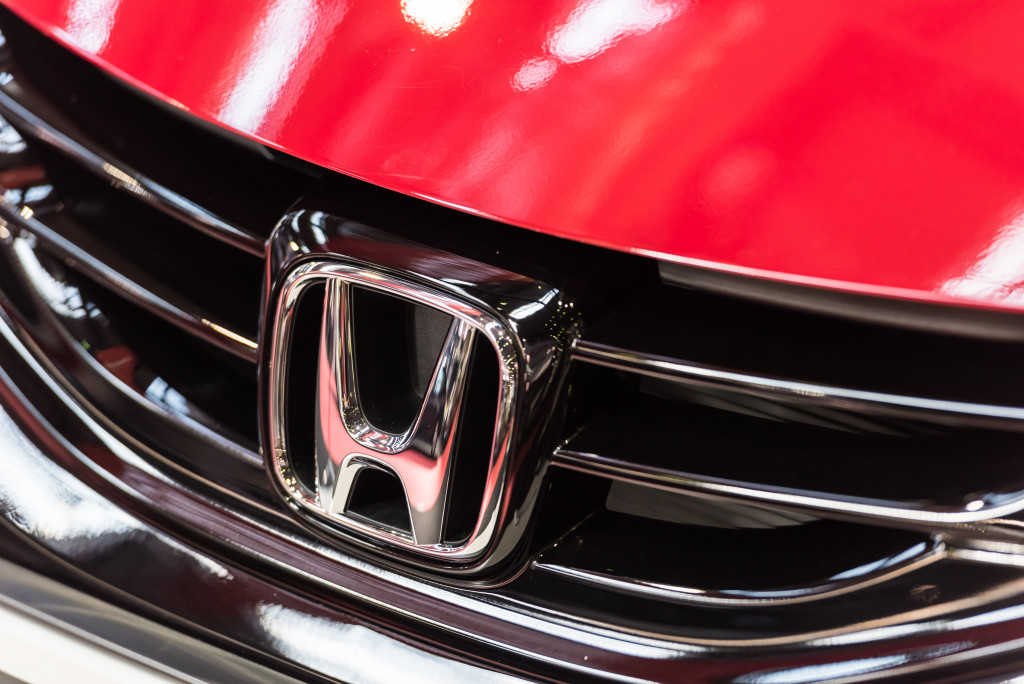Owning a car can be a great source of joy, but it also comes with responsibilities. As a beginner, it’s essential to understand the basics of how to properly maintain your vehicle so that you can enjoy years of reliable service from your ride. Here are four simple tips for beginners to help keep their cars in top condition.
1. Check Your Vehicle Fluids Regularly
One of the most important maintenance tasks is regularly checking and changing your vehicle fluids. This includes engine oil, transmission fluid, brake fluid, power steering fluid, and coolant levels — all of which play vital roles in keeping your car running smoothly. Be sure to check these fluids at least once every few months or more frequently if you notice any problems.
It is important to use the correct oil for your specific make and model of the vehicle and to change it at regular intervals. Oil changes are typically recommended every 3,000-5,000 miles or as the manufacturer directs. When checking your fluids, look for any signs of discoloration or debris that could indicate a problem. You should also look for leaks or seepage that could indicate a potential issue.
Your power steering fluid helps keep your steering system functioning correctly, and it should be checked and changed every two years or as the manufacturer directs. Low power steering fluid levels can cause problems with the system, resulting in difficulty turning the wheel. You should also change the brake fluid regularly to ensure your brakes are working properly and safely.
2. Rotate Your Tires
Tire rotation helps ensure even wear and tear on all four tires, which can help extend their life and improve fuel economy. Rotating them at least once a year or 12,000 miles (whichever comes first) is best.
When you rotate your tires, a technician will remove each wheel and tire combination from your vehicle and switch them up, so they are evenly distributed. The rear tires typically move to the front of the car while the front tires move to the back. Depending on your vehicle type, some vehicles may require the tires to be moved in a crisscross pattern.
It’s important to have the tires rotated by a professional because they can evaluate tire pressure and tread depth, looking for any signs of wear or tear that may require intervention, such as balancing or alignment. It’s also vital that the technician re-torque the lug nuts after rotation to ensure proper wheel and tire assembly.
3. Check and Replace Brake Pads

Checking your brake pads is a must for safe driving and avoiding costly repairs down the road. Inspecting them every six months or 12,000 miles — whichever comes first — and replacing worn-out pads is essential.
To start, it’s essential to know what signs indicate brake pad wear. The most common sign is a squealing noise when you press down on the brakes. Other indications are excessive vibrations or a grinding sound when braking. If you notice any of these symptoms, it’s time to check your pads and replace them if necessary.
To check your brake pads, you’ll need to open the hood and locate the caliper (the part that pushes against the rotor). Carefully remove the caliper from its mountings and scrutinize it. Look for uneven wear on the inner or outer edges of the pad, as well as any cracks or deep grooves. If the pads look worn, it’s time to replace them.
4. Consider Car Detailing
Regular car detailing can help to maintain your vehicle’s appearance and extend its life. It involves various services such as shampooing the interior and exterior, polishing paint, waxing, applying protective coatings, etc. A professional car detailer will use specialized tools and equipment to ensure your vehicle is adequately detailed.
This is an important part of taking proper care of your vehicle. A reliable car detail shop not only helps keep your car looking great but also helps preserve its longevity. It also offers various services such as shampooing the interior and exterior, polishing paint, waxing, and applying protective coatings.
With regular car detailing, you can keep your vehicle looking great and increase its longevity. Aside from the aesthetic benefits of a detailed car, there are also potential cost savings related to maintenance and repair. Professional car detailers use specialized tools, and products specifically designed to safely clean and protect vehicles from scratches, oxidation, fading, and other damage caused by environmental elements.
To Wrap It Up
In summary, following these four simple tips can help ensure your vehicle stays in top condition for years. Staying on top of regular maintenance tasks will help you avoid costly repairs and enjoy your car’s many years of reliable service. You can get maximum value from it in the long run by taking the time to care for your vehicle properly.

